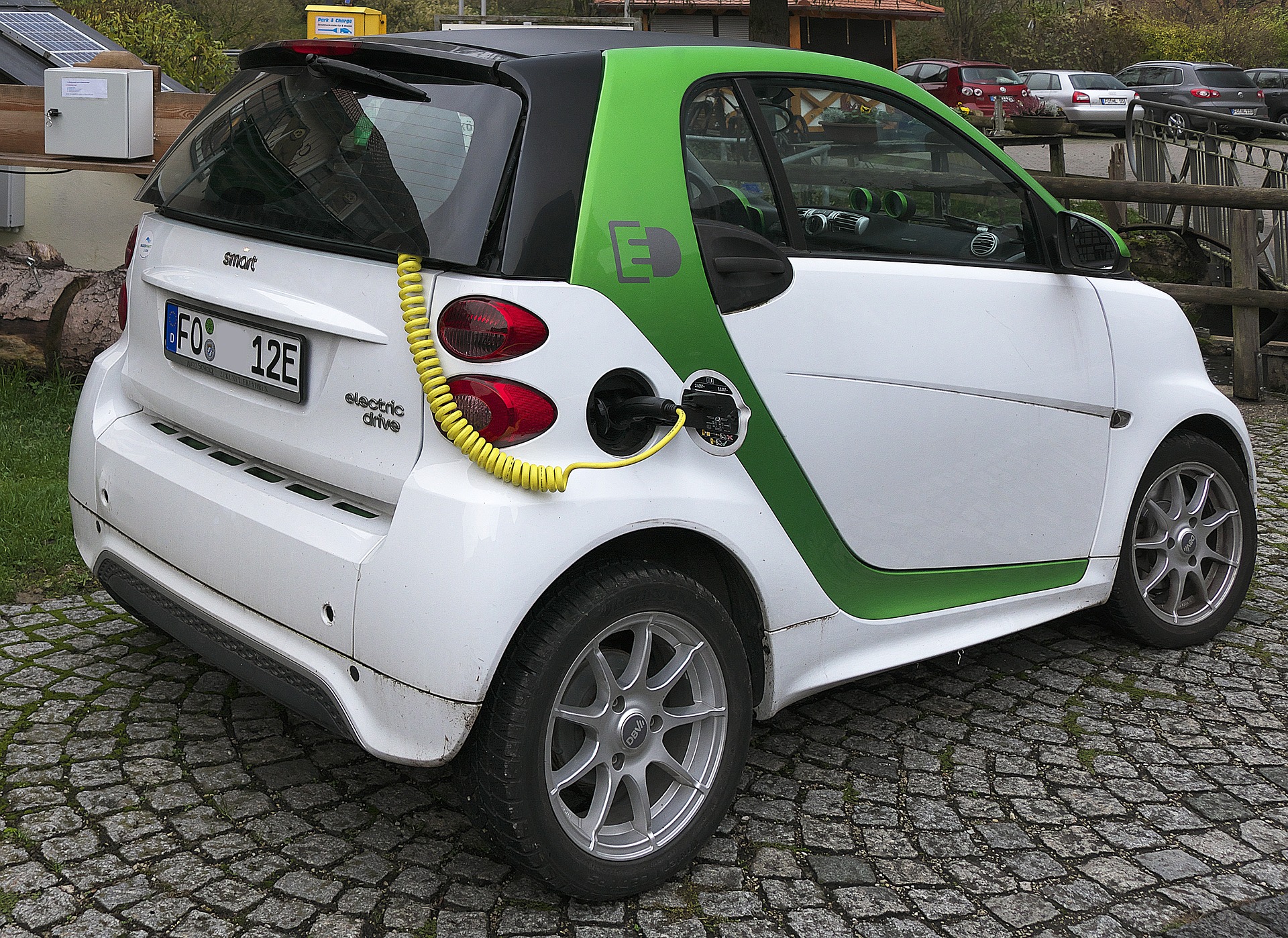By Mwaura Njuguna
Two automakers announced plans to only sell electric vehicles (EVs) by 2035 and 2030, respectively, last year: General Motors and Ford.
These declarations support ongoing initiatives by all automakers to achieve zero emissions. Tesla, the largest EV manufacturer in the world, constructing a factory in Texas where it plans to manufacture buses and car batteries.
Concern that EVs will only be available to the wealthy is growing as automakers transition to electric mobility. EVs sometimes cost twice as much as conventional cars with internal combustion engines.
This has forced EV dealers in Kenya to choose leasing arrangements over outright sales of the vehicles due to the cost factor. Through a low initial cost of ownership, these dealers anticipate that this will accelerate the uptake of the vehicles. The fact is that this model disadvantages private owners.
The Nissan Leaf and Chevrolet Volt’s 2010 debuts signalled the start of a mass EV market. Since then, the United States of America showed commendable growth by 2015.
New passenger EV sales, which include battery electric vehicles (BEVs) and plug-in hybrid electric vehicles (PHEVs), reached 2.2 million units globally that year, accounting for about 2.5% of all new passenger vehicle sales, according to a report released in 2019.
However, 50% of all EVs sold worldwide, or about 1.1 million vehicles, went to China. Only 15% of the sales—or 330,000 units—were sold in the US.
But what is driving EV adoption and diffusion in China? Government regulations require fuel efficiency for all vehicles sold in the country.
China has noble short- and long-term objectives to increase the uptake of EVs and hybrid cars. The objective is to sell 7 million EVs by 2025. The target is to have green vehicles account for 20% of all sales. That is not all, though. China expects to record 15 million electric vehicles by 2030.
To catalyze the switch to electric mobility, automakers must produce vehicles that achieve 3.2 litres per 100 km by 2030. This goal has stung automakers out of their comfort zones and accelerated the unprecedented uptake of electric vehicles.
Additionally, the government has implemented consumer subsidies based on vehicle trim levels. Initial subsidies were established in 2009, and they are updated every three to five years.
The Chinese government has continued to play an active role in establishing the requirements for EV charging infrastructure in an effort to increase the adoption of vehicles. In China, the majority of electric charging stations likely adhere to the same standard. This contrasts with other EV markets, such as the US and Europe, where the charging standards are different. China has made it easier for EV owners to charge their cars.
Because of this, technology is now widely accepted. Over 3 million EVs were sold in China in 2021. The sale of EVs has increased dramatically in the last three years, from 2% of all vehicles sold in the nation to about 15%.
EV explosions in China are not accidental. The adoption of zero-emission vehicles has steadily and purposefully increased. China, a country with a sizable automobile market, has taken deliberate steps to promote wide access to electric mobility.
According to the China Association of Automobile Associations, over 3 million EVs will be sold this year as the demand soars. The nation has more than 400 auto manufacturers and assemblers, creating job opportunities.
In the first half of 2021, employment in the EV market rose by 95%. According to a report by the recruitment agency Liepin, the average salary in the sector increased by 10%.
The role of Kenya as a centre for EV dealers has started to take shape. A sizeable number of startups have already selected Kenya as their regional base.
We must learn from China’s growth tactics.
The author is the general manager of the Kenya Motor Sports Federation (KMSF).
